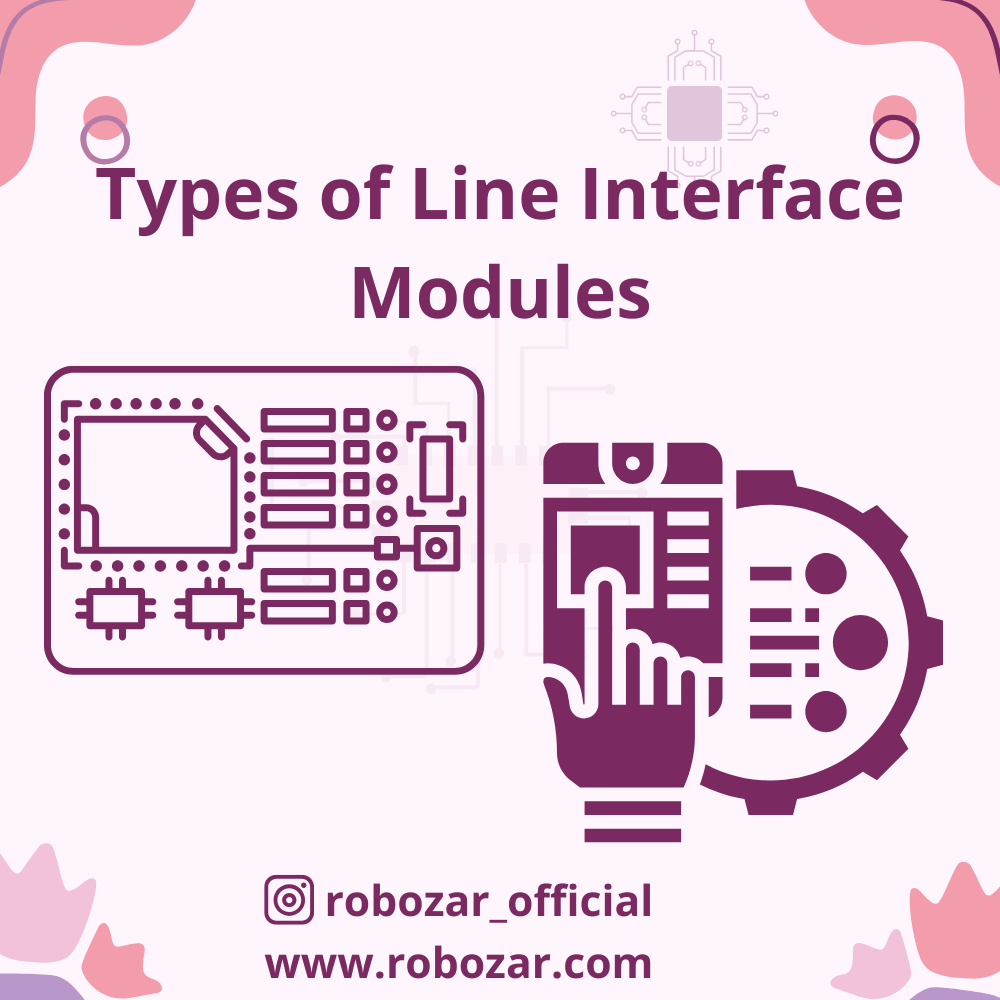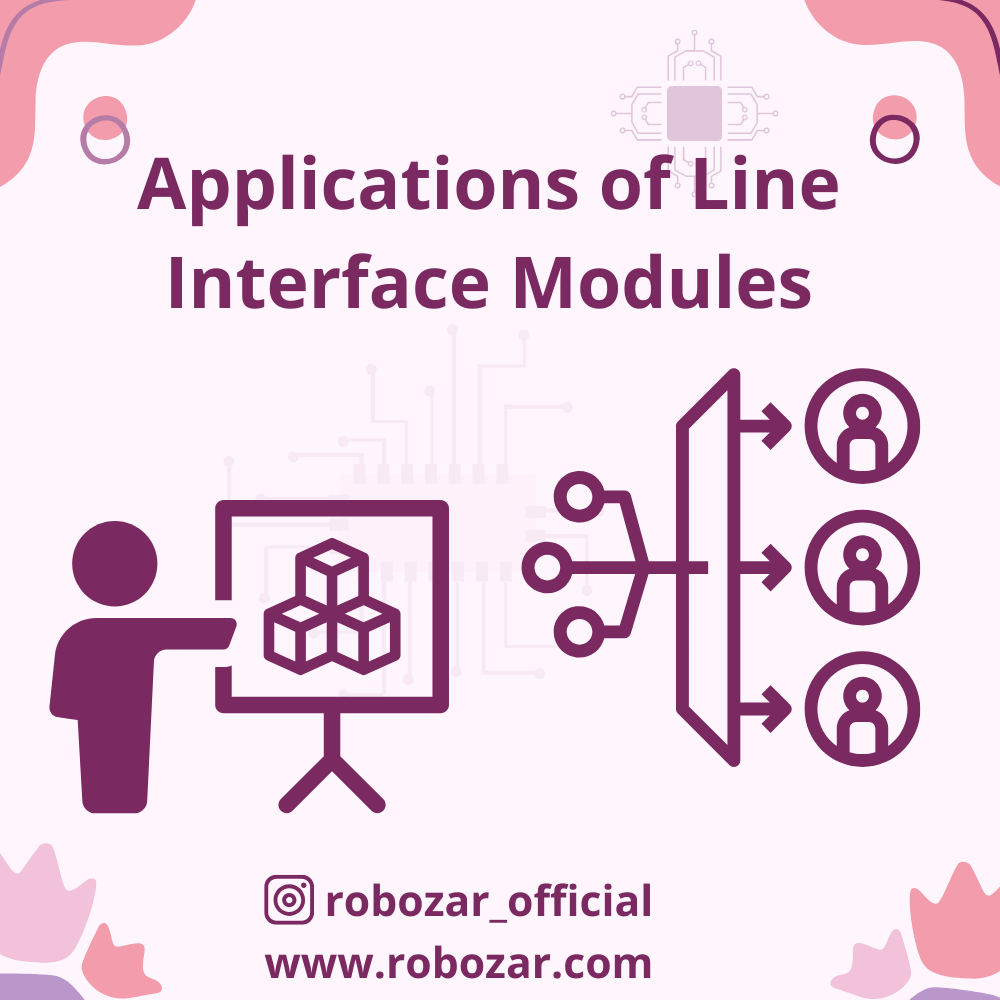Line Interface Module

Contents
- 1 Line Interface Module
- 1.1 Line Interface Module: A Detailed Guide to Functionality, Types, and Applications
- 1.1.1 What is a Line Interface Module?
- 1.1.2 How Does a Line Interface Module Work?
- 1.1.3 Types of Line Interface Modules
- 1.1.4 Applications of Line Interface Modules
- 1.1.5 Advantages of Line Interface Modules
- 1.1.6 Challenges in Using Line Interface Modules
- 1.1.7 Future Trends in Line Interface Modules
- 1.1.8 Conclusion
Line Interface Module
Introduction to Line Interface Modules

In today’s interconnected world, reliable communication is the backbone of technology, and at the heart of this communication lies the Line Interface Module (LIM). This vital electronic component acts as a bridge between devices and external communication lines, ensuring seamless data transfer, signal integrity, and system compatibility. From telecommunications to industrial automation and beyond, LIMs are instrumental in managing signal processing, electrical isolation, and voltage regulation.
Whether it’s enabling clear voice communication in telephony systems, supporting high-speed internet connections, or facilitating precise control in industrial environments, Line Interface Modules are the unsung heroes of modern technology. In this guide, we explore the functionality, types, and applications of these modules to understand their pivotal role in various industries.
Line Interface Module: A Detailed Guide to Functionality, Types, and Applications
A Line Interface Module (LIM) is a specialized electronic component that provides the necessary interface between communication systems and external lines. These modules play a critical role in telecommunications, networking, and industrial systems, offering seamless signal processing, data transmission, and electrical isolation. From maintaining the integrity of signals to protecting sensitive equipment, LIMs are an essential component in modern communication and automation systems.
In this article, we will delve deeper into the functionality, types, benefits, and applications of line interface modules to understand their significance in various industries.
What is a Line Interface Module?
A Line Interface Module acts as a bridge between two communication systems or devices. It is designed to facilitate the exchange of signals, manage voltage levels, and ensure compatibility between different communication protocols. LIMs are particularly essential in environments where signals need to be transmitted over long distances, across diverse systems, or through varying network topologies.
Key features of a Line Interface Module include:
- Signal Conditioning: Enhances signal clarity by filtering noise and boosting weak signals.
- Voltage Matching: Adjusts voltage levels to match the requirements of connected systems.
- Electrical Isolation: Protects devices from voltage surges and interference.
- Protocol Compatibility: Ensures smooth integration between systems with different communication standards.
How Does a Line Interface Module Work?
The operation of a Line Interface Module involves multiple steps to ensure reliable communication. Here’s a breakdown of its functionality:
- Signal Reception:
The LIM receives incoming signals from an external line, such as a telephone line or data communication line. - Signal Processing:
The module conditions the signal by filtering out noise, adjusting voltage levels, and amplifying the signal as needed. - Protocol Conversion:
In cases where the communication systems use different protocols, the LIM converts the signal format to ensure compatibility. - Transmission:
The processed signal is transmitted to the connected device or system, ensuring seamless communication. - Surge Protection:
The LIM safeguards connected devices by blocking voltage spikes or surges that may occur in the communication line.
Types of Line Interface Modules

Line Interface Modules (1)
Line Interface Modules come in various types, each designed to cater to specific applications and requirements. Below are the most common types:
1. Analog Line Interface Module
This type is used for handling analog signals, such as voice communication in telephony systems.
- Applications: Traditional landline telephones, PBX systems, and intercoms.
2. Digital Line Interface Module
Digital LIMs manage digital signals, making them suitable for high-speed data communication.
- Applications: Broadband internet, digital telephony, and VoIP systems.
3. Optical Line Interface Module
Designed for fiber-optic communication, these modules support high-speed data transmission over long distances.
- Applications: Fiber-optic networks, data centers, and high-speed internet services.
4. Industrial Line Interface Module
These LIMs are built to withstand harsh industrial environments, offering robust performance and durability.
- Applications: PLC systems, SCADA networks, and industrial automation.
5. Wireless Line Interface Module
Wireless LIMs are used for connecting devices over wireless communication lines, eliminating the need for physical connections.
- Applications: IoT devices, wireless sensors, and remote monitoring systems.
Applications of Line Interface Modules

Line Interface Modules (2)
Line Interface Modules are versatile components that find applications across a wide range of industries. Here are some of the key areas where they are commonly used:
1. Telecommunications
In the telecommunications industry, LIMs facilitate the connection between subscriber lines and central switches, enabling smooth voice and data communication.
- Used in traditional telephony systems and modern VoIP networks.
2. Networking
LIMs are integral to networking equipment, such as routers, switches, and modems, ensuring efficient data transmission and compatibility across networks.
- Examples: Broadband internet, LAN/WAN systems.
3. Industrial Automation
In industrial environments, LIMs are used for interfacing PLCs, sensors, and remote monitoring systems.
- They ensure reliable communication in harsh conditions and prevent electrical interference.
4. Medical Devices
Line Interface Modules are used in medical devices to ensure secure and accurate transmission of data, such as patient monitoring systems and diagnostic equipment.
5. Consumer Electronics
LIMs are embedded in various consumer devices, including smart home systems, entertainment systems, and gaming consoles, to enable seamless connectivity.
6. Automotive Systems
In modern vehicles, LIMs support communication between electronic control units (ECUs) and external diagnostic systems.
Advantages of Line Interface Modules
The widespread use of Line Interface Modules can be attributed to their numerous advantages:
- Enhanced Signal Quality:
By filtering out noise and conditioning signals, LIMs ensure high-quality data transmission. - Electrical Protection:
These modules provide electrical isolation, safeguarding sensitive equipment from voltage surges and interference. - Protocol Compatibility:
LIMs enable seamless integration of devices and systems that use different communication protocols. - Energy Efficiency:
Many modern LIMs are designed to consume minimal power, making them ideal for energy-conscious applications. - Versatility:
With a wide range of types and applications, LIMs cater to diverse industries and requirements. - Durability:
Industrial-grade LIMs are built to withstand harsh environmental conditions, ensuring reliable performance.
Challenges in Using Line Interface Modules
While LIMs offer numerous benefits, they also come with certain challenges:
- Cost:
Advanced LIMs with specialized features can be expensive. - Complexity:
Configuring and integrating LIMs into complex systems may require technical expertise. - Maintenance:
Regular maintenance is necessary to ensure optimal performance, especially in industrial environments. - Environmental Sensitivity:
Some LIMs may not perform well in extreme conditions, such as high humidity or temperature.
Future Trends in Line Interface Modules

Line Interface Modules (3)
The future of Line Interface Modules looks promising, with several trends shaping their development:
- Miniaturization:
As devices become smaller, LIMs are being designed to fit into compact systems without compromising functionality. - AI Integration:
The integration of artificial intelligence into LIMs is enabling smarter signal processing and decision-making. - Energy Harvesting:
Future LIMs may be powered by ambient energy sources, reducing reliance on external power supplies. - Improved Durability:
Advanced materials and designs are making LIMs more resilient to environmental challenges. - Increased Connectivity:
With the rise of IoT and 5G, LIMs are being optimized for high-speed, high-volume data transmission.
Conclusion
The Line Interface Module is an indispensable component in modern communication and automation systems. Its ability to manage signals, provide electrical protection, and ensure compatibility between diverse protocols has made it a cornerstone of various industries.
Whether you’re setting up a telecommunications network, automating industrial processes, or developing consumer electronics, a Line Interface Module can enhance the performance and reliability of your systems. As technology continues to evolve, LIMs are expected to become even more versatile, efficient, and integral to the connected world.
At Robozar, we offer a wide range of high-quality Line Interface Modules tailored to meet your specific needs. Explore our collection and find the perfect solution for your project today.
You may like also
Capacitors: A Comprehensive Guide
